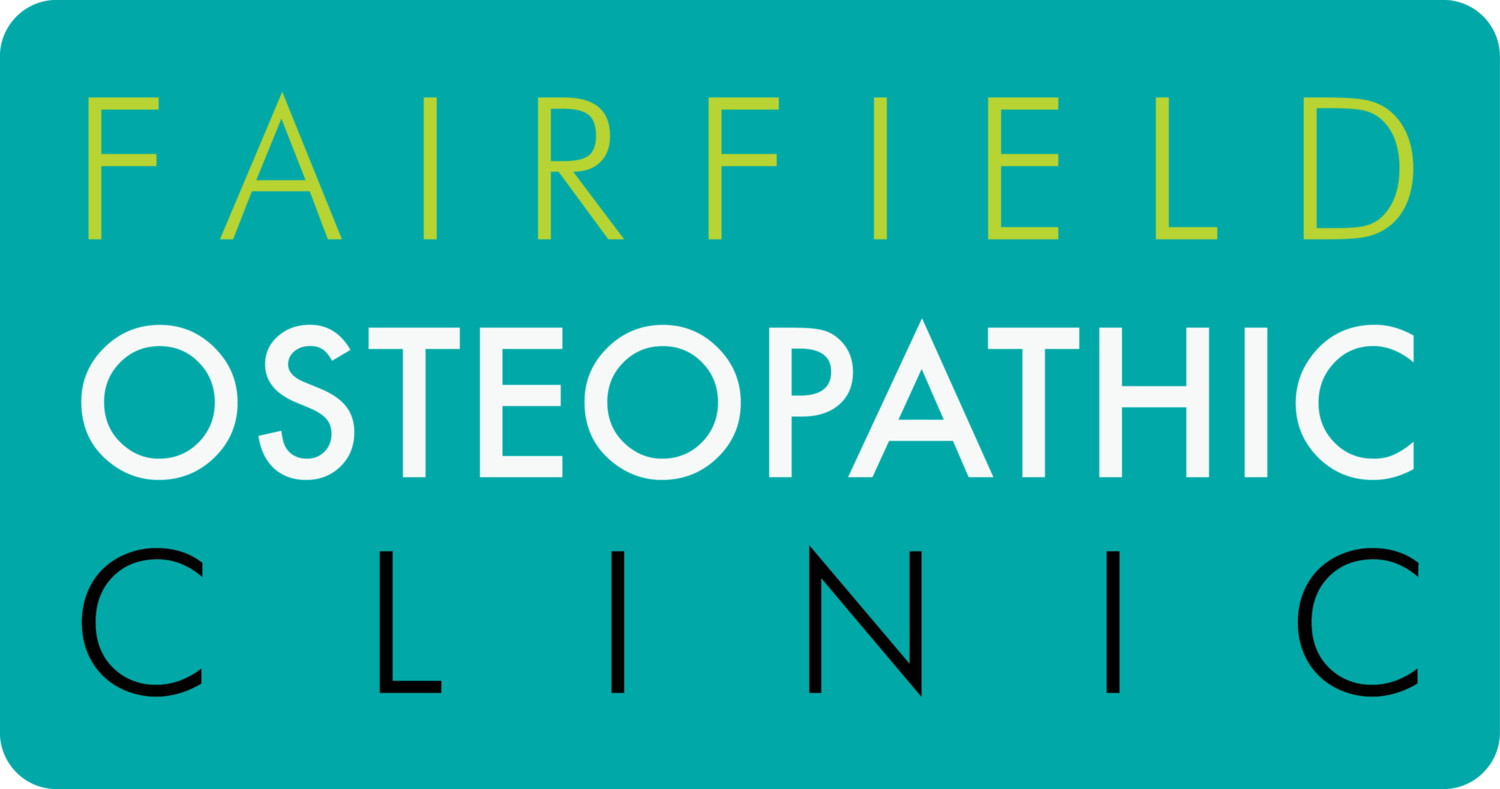Keeping abreast of your breasts.
At the mature age of 42 I’m long past worrying about how small my breasts are and how much padding I need to stuff in my bra if I want to wear a low cut top. And now the days of breastfeeding are over, my breasts are just another part of my body heading south.
I haven’t always been so ambivalent. I undertook my Master’s research on the potential impact of bras on breasts. There were no significant findings from our very small pilot study. And more significant research shows that wearing a bra is not a risk factor for breast cancer (yes - even underwire) (1). Like all good myths though, it doesn’t stop nearly 20% of women surveyed on this topic thinking they are harmful (2).
I think many women, once they’ve relinquished the vanity about what they think their breasts should provide for them, get on with the job of ignoring them. And that’s what I like about the Jane McGrath Foundation and what they’re trying to do with the pink QV cream. Make checking our breasts part of our hygiene routine and we might be inspired to play our part in preventative health.
Of course, whilst the cream is a good reminder to check and is also a lovely bit of advertising for breast cancer awareness month, you can most certainly check your breasts without the pretty cream
WHAT ARE THE MCGRATH FOUNDATION TRYING TO DO?
I applaud the McGrath Foundation’s serious attempt at some foundational research investigating whether women are breast aware.
They surveyed a cross section of 1,288 women to determine if women knew the risk factors for breast cancer, and how often and how confident they might be in examining their own breasts and detecting any changes that might be present.
WHAT ARE THE RISK FACTORS FOR BREAST CANCER?
The study reports there are six proven risk factors for developing breast cancer (there might be more but no one has done a study on every potential risk factor).
• Strong family history of breast cancer (however, according to Cancer Australia’s Recommendations for the management of early breast cancer in women with an identified BRCA1 or BRCA2 gene mutation or at high risk of a gene mutation, only around 5-10% of breast cancers are due to hereditary / genetic mutations) (2)
• Being a woman
• Being a smoker
• Growing older
• Drinking alcohol
• Starting menstruation earlier or menopause later
The one that I certainly didn’t know about was starting menstruation earlier or menopause later. The role of hormones in breast cancer is a complex one and the study notes that there was a lot of confusion from survey respondents.
A seventh risk factor, taking the contraceptive pill, was identified. Considering the role of hormones just mentioned, I think many younger women feel concerned. The recommendations are not clear on this topic, however, there may be an increased risk while a woman is taking the contraceptive pill depending the dose (3).
WHAT ARE SOME INCORRECTLY IDENTIFIED RISK FACTORS?
In other words what do we think will give us breast cancer but actually won’t. Things like sunbathing topless, having breast implants or reductions and sleeping in a bra do not increase our risk of developing breast cancer.
The study also showed women who consider themselves breast aware were more likely to identify the myths as risk factors. Questioning our intuition is always a good move.
DO WOMEN SELF EXAMINE?
Being armed with the correct knowledge is a great start but are women, even those identified at risk, self-examining their breasts? And do they feel confident that they could detect any changes?
Without breaking down what this sample of women actually undertake, a summary of this questions sums up the predicament:
“Approximately one third of those who don’t check their breasts regularly say that this is because it has never occurred to them to do so. One in five indicate that they don’t know how to, or they forget.”
And hence the problem. Do we need to change our behaviour? The study found that even having a friend or relation who has been diagnosed with cancer doesn’t improve our vigilance. Interestingly, having daughters makes us more likely to self-examine.
HEALTH BEHAVIOUR CHANGE
Health behaviour change has become an entire industry, in both private and public sectors. From an individual to an entire population it’s a big job.
Multiple studies look at teaching skills-based interventions combined with goal setting to improve health behaviours as an adult.
A PhD study looked specifically at educating 9th grade girls on a self breast-examination combined with goal setting as a preventative health tool. The rational is that the knowledge and skill base will be present as they age, and combined with a knowledge of the risk factors, they may even implement their skills. The study noted there was excellent compliance over the time of the study, however, the novel interest in breast self-examination may wane over time.
WHAT EXACTLY SHOULD WE BE DOING?
The next BLOG reviews what the research and the experts conclude about breast examination, whether we should be doing them and some handy advice on how and when to complete one if you want to and importantly, how to track your efforts.
REFERENCES
(1) GETTING A GRIP: A Report into Breast Health Understanding Among Australian Women in Australia (October 2016)
(2) Getting Youth to Check it Out!®: A New Approach to Teaching Self-screening Resa M. Jones, MPH, PhD; Ian J. Wallace, PhD; Alice Westerberg, BA; Kristyn N. Hoy, MPH; John M. Quillin, MPH, PhD; Steven J. Danish, PhD Am J Health Behav.TM 2015;39(2):197-203
(3) Recent Oral Contraceptive Use by Formulation and Breast Cancer Risk among Women 20 to 49 Years of Age Elisabeth F. Beaber, Diana S.M. Buist, William E. Barlow, Kathleen E. Malone, Susan D. Reed and Christopher I. Li DOI: 10.1158/0008-5472.CAN-13-3400 Published 1 August 2014

